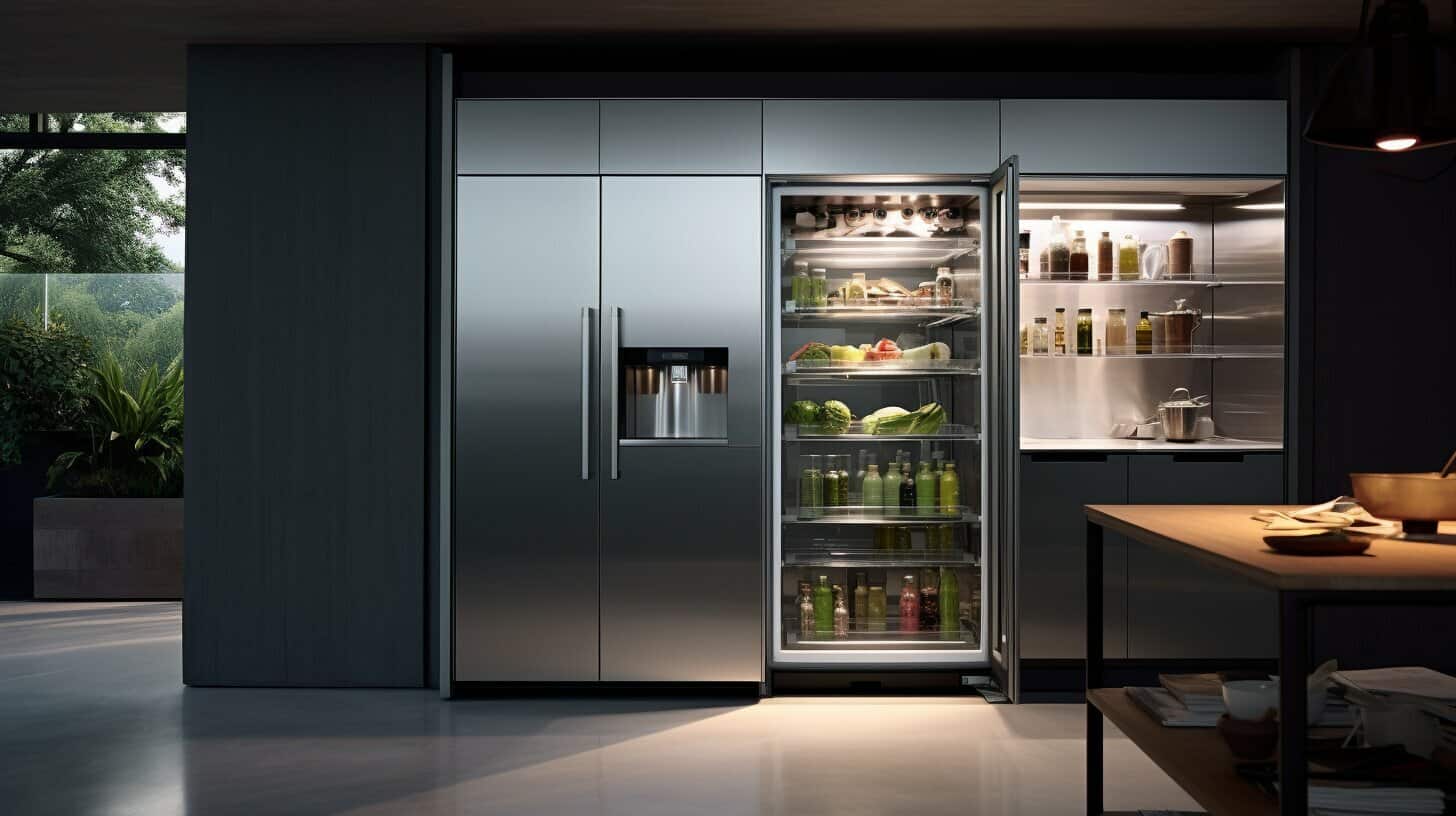Midea, ever heard of it? It’s a name that’s been buzzing around in the world of home appliances. Known for its wide range of products, it’s catching the eyes of many savvy shoppers. But the question is, should it catch yours? Stick with me, and let’s unravel this together!
Midea stands out for offering quality home appliances at affordable prices. Their products, ranging from air conditioners to kitchen appliances, are known for reliability and innovative features, making them a popular choice among consumers.
This Brand Is Suitable For:
| Action: | Description |
|---|---|
| Cooking Delicious Meals: | With Midea’s kitchen appliances, you can explore various culinary delights, showcasing your culinary skills. |
| Cooling Your Home: | Midea air conditioners are perfect for maintaining a pleasant temperature all year round. |
| Washing Clothes: | Laundry made easy with Midea’s washing machines, designed for efficiency and ease of use. |
| Heating Your Space: | Keep your home cozy with Midea’s heating solutions, from heaters to heated blankets. |
| Preserving Food: | Midea refrigerators keep your food fresh and well-organized, making meal planning a breeze. |
| Cleaning Your Home: | Midea’s vacuum cleaners and other cleaning appliances make household chores less daunting. |
| Making Coffee: | Start your day right with a fresh cup made using Midea’s coffee makers. |
| Baking Sweet Treats: | Midea ovens are perfect for baking everything from cookies to cakes, satisfying your sweet tooth. |
| Preparing Quick Snacks: | Need a quick bite? Midea microwaves and toasters are your go-to for convenient snack preparation. |
| Keeping Dishes Sparkling: | Midea dishwashers ensure that you always have clean and ready-to-use dishes. |

Opinion Piece: Is Midea a Good Brand?
Oh, Midea, the appliance brand that’s likely caught your eye in the store a time or two. Or maybe it’s been popping up on your online search results. But is Midea really worth your hard-earned money?
Let’s dive in, shall we? With a bit of humor and a lot of real talk, we’ll explore whether Midea is a good brand to buy.
Midea: The Brand You’ve Maybe Heard Of?
Chances are, you’ve come across Midea while scrolling through Amazon or wandering through the home appliances section at a local store. And you might’ve thought, “Midea, huh? Sounds familiar, but is it… good?” So, let me tell you about my personal dance with this brand.
A Personal Affair with Midea
A while back, I needed a new microwave. You know the feeling, the old one’s gone kaput, and you’re stuck heating your coffee on the stove like it’s the Dark Ages. I stumbled upon Midea, with its sleek design and seemingly attractive features.
I admit, the price tag had me thinking, “Hey, what a bargain!” But the thrifty side of me also whispered, “But is it too good to be true?”
The Good, the Bad, and the Midea
So here’s what happened:
The Good:
- Price: My wallet definitely appreciated Midea’s affordability.
- Design: The products sure look nice, modern and sleek, just like my favorite sci-fi movies.
- Functionality: It did its job, and I didn’t have to go back to the medieval way of heating leftovers.
The Bad:
- Longevity: Let’s just say my Midea microwave and I had a short, passionate affair. It left me sooner than I’d have liked.
- Customer Service: Trying to get a hold of someone felt like trying to win the lottery.
Should You Swipe Right on Midea?
Now, dear reader and friend, should you go ahead and buy a Midea product? Well, here’s my two cents:
- If You’re on a Budget: Midea might be your new best friend. But treat it with care; it might not be a forever kind of relationship.
- If You’re Looking for Long-Term Commitment: You might want to look elsewhere. Like any whirlwind romance, Midea may leave you wanting more.
- Keep an Eye on Reviews: Other people’s experiences might vary, so do your research. Don’t just take my word for it, though my advice is obviously golden (wink!).
Final Thoughts: Midea, Yea or Nay?
To sum it all up, Midea is like that budget-friendly restaurant down the street. It might not be Michelin-starred, but it gets the job done when you’re hungry and low on cash. Approach with caution, have realistic expectations, and you just might fall in love… or at least not regret your purchase too much.
So, is Midea a good brand to buy? If you’re looking for a temporary fling, it’s a solid yes. If you’re searching for “The One,” then perhaps it’s best to keep looking. Either way, happy shopping, and may your appliances never leave you in a cold (or unheated) spot!
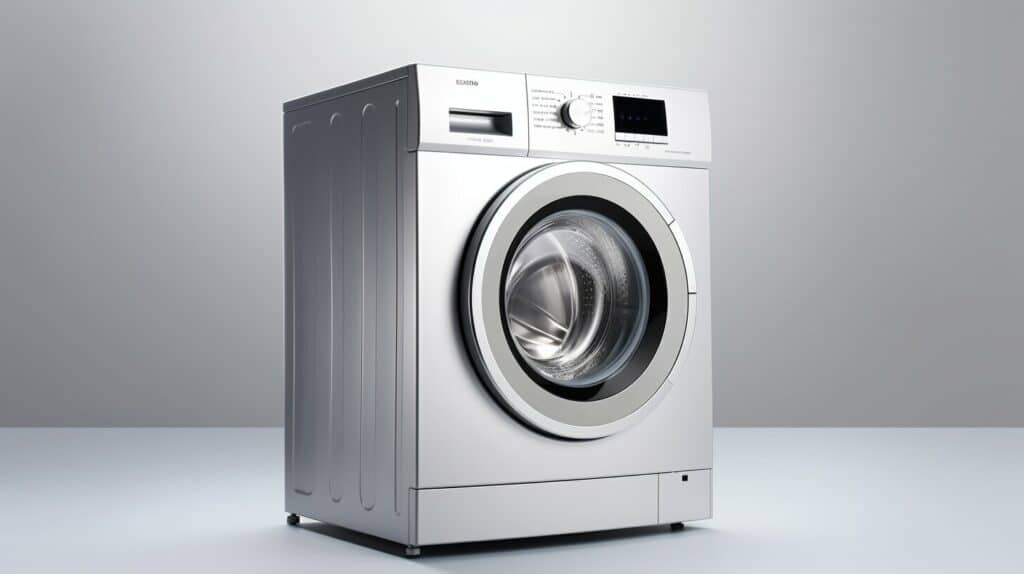
10 Things You Can Do With Midea Products
You’re about to uncover the power of Midea products! From whipping up scrumptious meals to keeping your home cozy, Midea’s got you covered.
Imagine waking up to fresh coffee, preparing quick snacks with ease, and even having sparkling clean dishes at your fingertips. With Midea, you’re not just preserving food, you’re enhancing your lifestyle.
Get ready to explore the 10 amazing things you can do with Midea products – you won’t believe how they’ll transform your day-to-day routine.
Cooking Delicious Meals: With Midea’s kitchen appliances, you can explore various culinary delights, showcasing your culinary skills
Listen up, folks! I gotta tell you about my new best friend in the kitchen – Midea’s kitchen appliances. These babies are the secret ingredient to my cooking prowess. I mean, who needs a culinary degree when you have these handy gadgets, right?
Ever since these appliances moved in, I’ve turned into a globe-trotter. Well, not literally, I’m still stuck at home like the rest of us! But, hey, who needs plane tickets when your taste buds can do the traveling, right?
I’m cooking up dishes from all around the world, right from my humble kitchen. Even cooked up a storm with a Thai curry last week, and let me tell ya, my taste buds were doing the Salsa!
And, you know how we all dread the time and energy cooking takes? Well, Midea’s appliances are like your own personal Usain Bolt in the kitchen, whipping up meals in record time! They’re just a dream for us lazy chefs who’d rather spend time eating than cooking.
And don’t get me started on the presentation. Remember how we used to hide those burnt edges under a lettuce leaf? Well, those days are gone, my friends! With Midea, every dish is a culinary masterpiece. It’s like having your own food stylist on hand.
So, if you want to impress your guests or just want to treat yourself to a delicious, well-presented meal without breaking a sweat, Midea’s kitchen appliances are your answer. They’re the Batman to my culinary Gotham City, always coming to the rescue! Trust me, folks, you won’t regret it.
Now, if you’ll excuse me, I’ve got a Moroccan tagine calling my name. Bon Appétit!
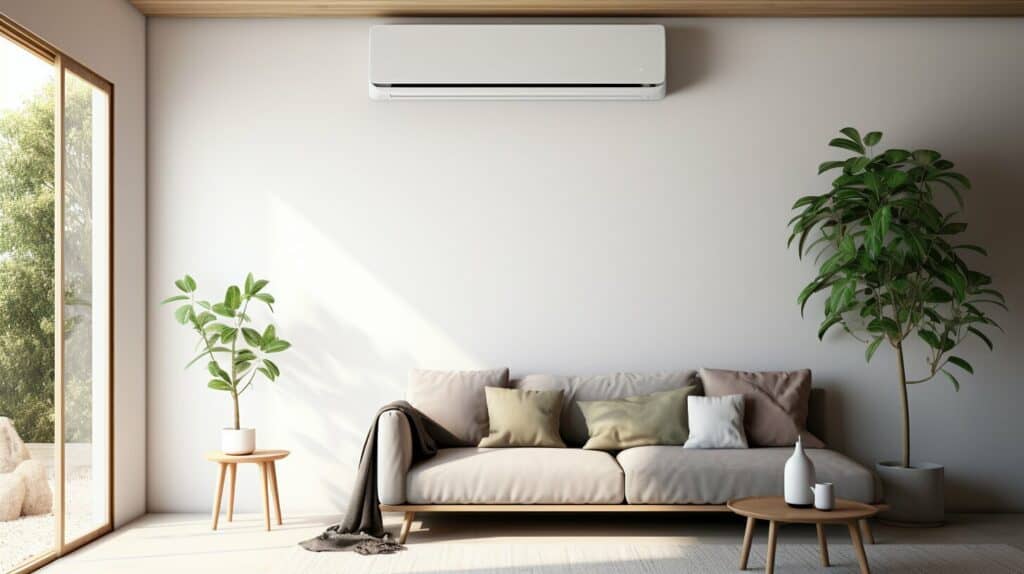
Cooling Your Home: Midea air conditioners are perfect for maintaining a pleasant temperature all year round
You know that feeling when you walk into your home on a sweltering day and it’s like you’ve entered an oven? Yeah, that’s no fun. But guess what?
Midea air conditioners are the superheroes that swoop in to save the day – or in this case, save you from melting into a puddle on your living room floor. And they don’t just cool, oh no. They’re also brilliant at purifying the air, sending those pesky allergens and pollutants packing. Your lungs will thank you, trust me.
I’ve gotta tell ya, some of the perks of having a Midea air conditioner are:
- They’re energy efficient, which means your wallet won’t be crying every time the power bill arrives.
- The installation process is straightforward. You don’t need to be a rocket scientist or even a handyman to get it done right.
- Midea gives you handy seasonal maintenance tips, so your air conditioner will last longer than your last diet attempt.
- They can be integrated into a smart home setup. Imagine controlling your AC from your couch or even the grocery store. How cool is that? Pun totally intended.
- As I mentioned earlier, they come with air purifier benefits. Basically, they’re like having your own personal clean air squad.
Just remember, like your car or your pet unicorn, your air conditioner needs regular maintenance for peak performance. Midea air conditioners aren’t just about keeping you cool, they’re about making your home a sanctuary of comfort and clean air. So, sit back, relax and let Midea do its thing. You won’t regret it.
Washing Clothes: Laundry made easy with Midea’s washing machines, designed for efficiency and ease of use
Let me tell ya, laundry day used to be my worst enemy. But then I met my Midea washing machine – the superhero in my laundry room. This bad boy makes laundry day feel like a walk in the park. It’s like having my own personal laundry assistant.
You know those stubborn stains that just won’t budge? Yeah, we’ve all been there. I once spent a whole day trying to get a red wine stain out of my favorite white shirt. But with a few top-secret laundry hacks up my sleeve – a bit of pre-soaking and a dab of stain remover – and my trusty Midea machine, those pesky stains are history.
But remember, guys, it’s not all fun and games. We’ve gotta take care of our machines too. It’s like having a pet, but instead of feeding it, you’re checking for signs of wear and tear and giving the drum a good clean after each wash. It’s a small price to pay for many more years of laundry bliss.
And the cherry on top? Midea’s got some solid eco-friendly options. So not only are you getting your clothes squeaky clean, but you’re also doing your bit for the environment. It’s a win-win!

Heating Your Space: Keep your home cozy with Midea’s heating solutions, from heaters to heated blankets
Brrr… those chilly nights can really get to ya, right?
Not anymore, folks! I’ve found the perfect way to keep your home toasty warm – enter Midea’s range of heating solutions. Trust me, these bad boys have turned my igloo into a tropical paradise.
Here’s why I’m raving about them:
- Energy efficiency: These heaters aren’t just about blaring out heat, they’re smart, too. They’re designed to keep your bills low and your toes warm. Who said you can’t have it all?
- Cost comparison: I’ve done the math, and Midea’s products are a steal compared to other brands. That’s more money for hot cocoa and marshmallows, my friends!
- Installation procedures: If I can set up one of these heaters with my two left hands, anyone can! Instructions are so easy, even my goldfish could follow them.
- Maintenance tips: A little TLC goes a long way. Regular cleaning and playing nice with your heater will keep it running longer than your favorite sitcom.
- Midea’s innovation: These folks are always cooking up something new. They’re like the Da Vinci of heating tech, constantly pushing the envelope to keep you cozy.
Preserving Food: Midea refrigerators keep your food fresh and well-organized, making meal planning a breeze
Hey, you know how it is – we’ve all had that moment when we open the fridge and can’t find that block of cheese we just bought. Or even worse, when we discover a sad, wilted lettuce pushed to the back.
That’s where Midea refrigerators come into play. They’re pretty nifty gadgets that keep your food fresh and your life organized. It’s like having your very own personal assistant… but cooler!
With these bad boys, whipping up a meal is a piece of cake. And let me tell you, I’ve gone from burning toast to gourmet chef with these fridges. Well, maybe not gourmet, but my dog doesn’t seem to mind my cooking anymore!
The best part? Midea fridges are designed with energy efficiency in mind. Your power bill won’t be giving you a heart attack every month, and you’ll be doing a solid for Mother Earth too. It’s like killing two birds with one stone, but with zero bird casualties involved!
And oh boy, let’s talk about the freshness. I’ve had milk last longer than some of my relationships! Midea’s advanced cooling technology keeps everything from dairy to veggies to meats fresher for longer. No more throwing out food that’s gone bad before you even had a chance to cook it.
But remember, a fridge can’t do all the work on its own. Keeping it clean and well-maintained is key. But don’t sweat it, these fridges are as easy to clean as they are to use. I mean, if I can do it, anyone can!

Cleaning Your Home: Midea’s vacuum cleaners and other cleaning appliances make household chores less daunting
Housekeeping, am I right? We’ve all been there, scrubbing the floors, dusting the shelves, and vacuuming the carpets. Heck, it’s like a full-time job, isn’t it?
But, let me tell you about my secret weapon: Midea’s vacuum cleaners.
As someone who’s always sneezing thanks to a dust allergy, I’ve found Midea’s vacuum cleaners to be a godsend. These little beauties come with HEPA filters that lock in all those pesky allergens. I mean, who needs a dust mite party in their living room, right? With these vacuums, my home feels cleaner, and my nose definitely thanks me for it.
Now, don’t even get me started on pet hair. My fur baby, Max, sheds like it’s his full-time job. I’ve always struggled with his hairs sticking to my favorite black dress. But Midea’s vacuum cleaners? They’ve got this pet hair management feature that’s really saved my wardrobe (and my sanity).
But here’s the kicker, these vacuums are built to last. Keep ’em well-maintained and they’ll outlive your favorite houseplant. And they’re all for team green too, with their energy-saving and low-noise features. You get to clean your home and save the planet at the same time – talk about multitasking!
And the deep cleaning? Oh, it’s like a spa day for your carpets. Every nook and cranny gets a thorough once-over, leaving no spot untouched. Trust me, your floors will be thanking you.
Making Coffee: Start your day right with a fresh cup made using Midea’s coffee makers
Ever had one of those mornings where your brain feels like a sloth on sedatives until you have your first cup of coffee? Yeah, me too. That’s why I’m all about Midea’s coffee makers. Trust me, these bad boys can turn you from a sleep-deprived zombie into a full-fledged human being in no time.
Let me paint a picture for you. It’s 6 am. The birds have the audacity to be chirping, the sun is way too bright, and your bed has never felt more comfortable. But there’s one thing that gets you up – the promise of a freshly brewed cup of joe. And not just any coffee, mind you. We’re talking about a coffee masterpiece that you, yes YOU, will create with your very own Midea coffee maker.
Whether you’re a fan of sticking-your-chest-out bold dark roasts or prefer a lighter blend that says ‘I’m complex, but I don’t brag about it,’ Midea’s got you covered. And the grind? You’re the boss. You get to choose how coarse or fine you want it.
Midea’s coffee makers aren’t just about making coffee. They’re about making your coffee. They let you experiment with different brewing techniques until you nail your perfect cup. Fancy a strong espresso that’ll make you feel like you’ve just sprinted up a hill? You got it. Or maybe you’re more of a frothy cappuccino person that sips life one delicious dollop of foam at a time? No problem.
No more settling for mediocre coffee. With Midea, you don’t just drink your coffee – you experience it. And boy, does it make waking up in the morning a whole lot easier. So go ahead, get a Midea. Your mornings will thank you – and so will anyone who has to deal with you pre-coffee.
Well, after that cup of joe hits your system, it’s time to swap your coffee mug for a baker’s hat. And who’s your best baking buddy? That Midea oven of yours, of course!
Now, whether you’re a seasoned cookie professional or a newbie whose cookies still turn out as doorstops (been there, done that), getting the hang of baking is a piece of cake, or cookie in this case.
Let’s break it down:
- Oven TLC: Keeping your oven in tip-top shape is crucial for those award-winning bakes. Believe me, I learned that the hard way when my cookies ended up tasting like last week’s fish dinner.
- The Cookie Science: Mixing, chilling, baking – sounds like a dance routine, right? But trust me, nailing these steps means your cookies will have folks coming back for seconds, or thirds… who’s counting?
- Playing with Fire: Or rather, the right temperature. You wouldn’t want your cookies getting a sunburn now, would you?
- Oven-Ready Recipes: Your Midea oven isn’t picky – it’s got an appetite for all sorts of tasty treats. Let’s whip up something drool-worthy together!
- Dessert Dress-Up: Serving up your sweets with a little flair never hurt. You eat with your eyes first, after all!
With these tips in your baking arsenal, that oven will be your new best friend. So, crank up that heat, get those oven mitts ready, and let’s show ’em who’s boss in the kitchen!
Preparing Quick Snacks: Need a quick bite? Midea microwaves and toasters are your go-to for convenient snack preparation
Swapping your chef hat for a snack maestro’s cap? You’ll find no better buddies than microwaves and toasters from Midea. Trust me, I’ve been through the trenches of the snack wars and these are the soldiers you want on your side.
Now, before you embark on this snack-tacular journey, let me spill some wisdom on microwave safety. Always use microwave-safe dishes, folks – I’ve scorched a few unsuspecting plastic containers in my time, and it’s not a pretty sight. And watch out for that sneaky superheated water – it’s like a ninja, silent but deadly.
Toasting, now there’s an art. I’ve had my share of charcoal-like toast and let me tell ya, it’s not a gourmet experience. Try turning your toaster dial to medium (it’s not just for Goldilocks) – you’ll get a snack that’s crispy on the outside, soft on the inside, just like a perfect, edible hug.
Keep your appliances clean, too – I once found a fossilized piece of cheese in my toaster (I named it Cheddar the Elder). Regular cleaning not only makes them last longer but also saves you from serving ancient dairy to your guests.
And let’s talk about energy efficiency. It’s not just about being eco-friendly or saving a few bucks (though that’s nice). It’s about getting your snacks on the table before your stomach starts singing the blues. Here are some quick snack recipes that have saved me from hangry meltdowns more than once:
| Microwaved Snack | Toasted Snack |
|---|---|
| Popcorn | Garlic bread |
| Mug cake | Toasted bagels |
| Scrambled eggs | Grilled cheese |
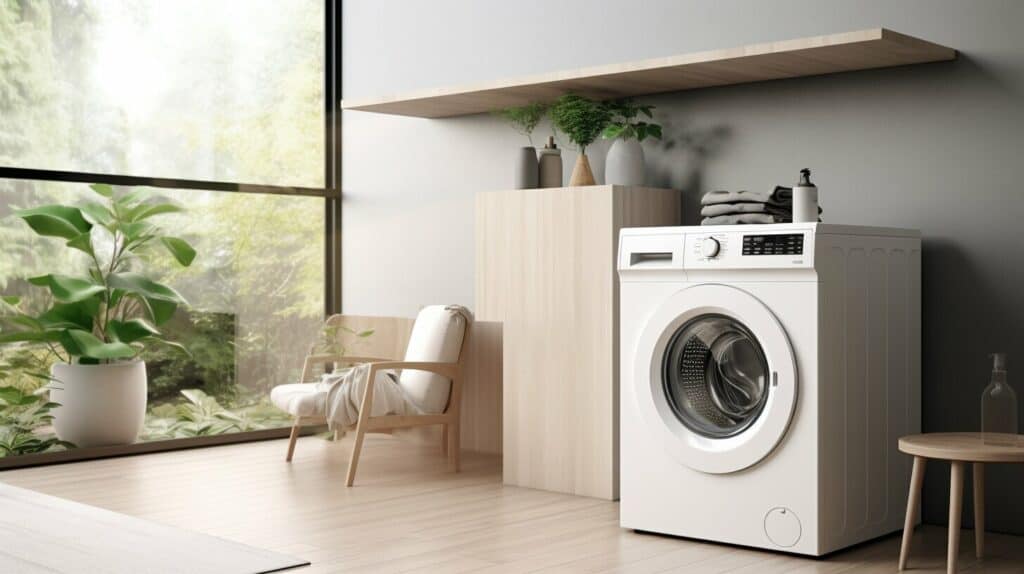
Keeping Dishes Sparkling: Midea dishwashers ensure that you always have clean and ready-to-use dishes
You know, I used to dread the aftermath of a tasty meal – the mountain of dirty dishes. I’d often wonder if there was a superhero that could swoop in and save the day… and then I found Midea’s dishwashers.
It was like finding a secret weapon in my kitchen.
Let me tell you, these bad boys are the real deal. They’ve got models that are so energy-efficient, they’ll have your utility bills shrinking faster than a cheap cotton shirt in a hot wash. And the designs? Genius! It’s like they’ve solved the puzzle of fitting a week’s worth of dishes in one go, without breaking a sweat.
Here’s the best part – the advanced wash systems they’ve got going on. It’s like a spa treatment for your dishes, leaving them spotless and gleaming. And trust me, if they can handle my kids’ caked-on spaghetti bolognese, they can handle anything.
Maintenance? A breeze! Even I’ve managed to keep mine running smoothly, and I can barely keep a houseplant alive. Plus, they’ve got safety features that prevent your dishes from getting damaged. It’s like having a bodyguard for your favorite coffee mug.
I mean, who knew a dishwasher could do more than just clean? With Midea, you’re getting something that conserves, protects, and simplifies your life. It’s like investing in a dishwasher and getting a kitchen assistant to boot. So, if you’re tired of dishpan hands and water fights with your faucet, give a Midea dishwasher a go. Trust me, it’s a game changer.
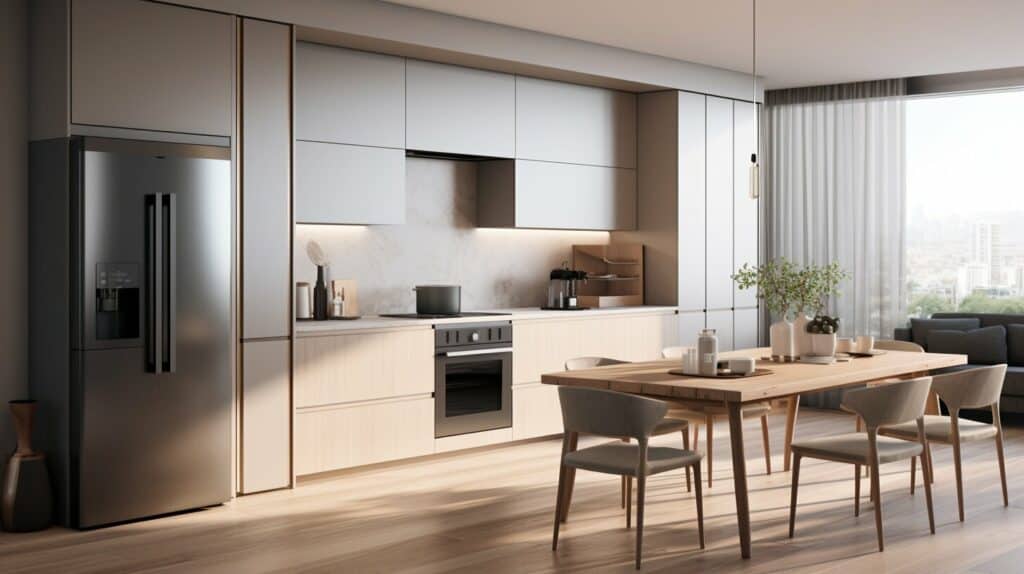
10 Alternative Brands
Looking for an alternative to Midea? Similar brands must offer a diverse range of household appliances, maintain quality standards, provide innovative features, and be competitively priced. It’s about balancing style, functionality, and cost.
| Brand | How They Are Similar |
|---|---|
| Samsung | Offers a wide variety of quality home appliances with innovative technology. |
| LG | Known for reliability and modern designs, similar to Midea’s products. |
| Whirlpool | Offers a comprehensive range of kitchen and laundry appliances. |
| GE | Similar in providing energy-efficient appliances across different household needs. |
| Bosch | European quality with a range of innovative features, matching Midea’s versatility. |
| Panasonic | Affordable and quality products, closely aligning with Midea’s market positioning. |
| Haier | Focuses on efficiency and smart technology in home appliances. |
| Electrolux | Shares a similar focus on innovation and has a broad product portfolio like Midea. |
| Hisense | Offers cost-effective options with a focus on quality and user-friendly design. |
| Sharp | Similar to Midea in providing a wide array of home appliances with smart features. |
So there you have it! Whether you’re sold on Midea or considering alternatives, now you’re armed with the information you need. Happy shopping, my friend!
